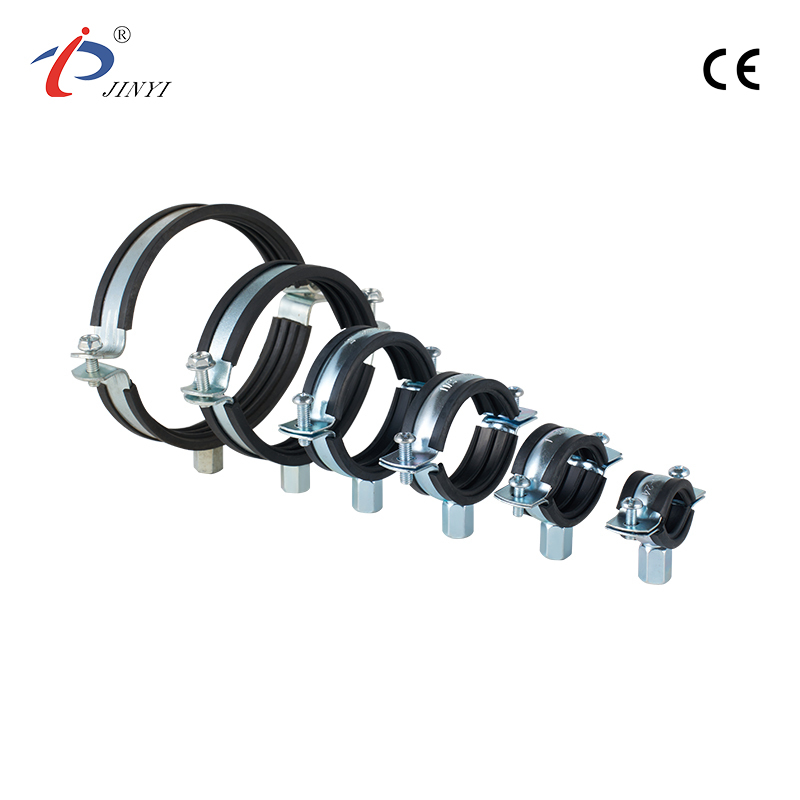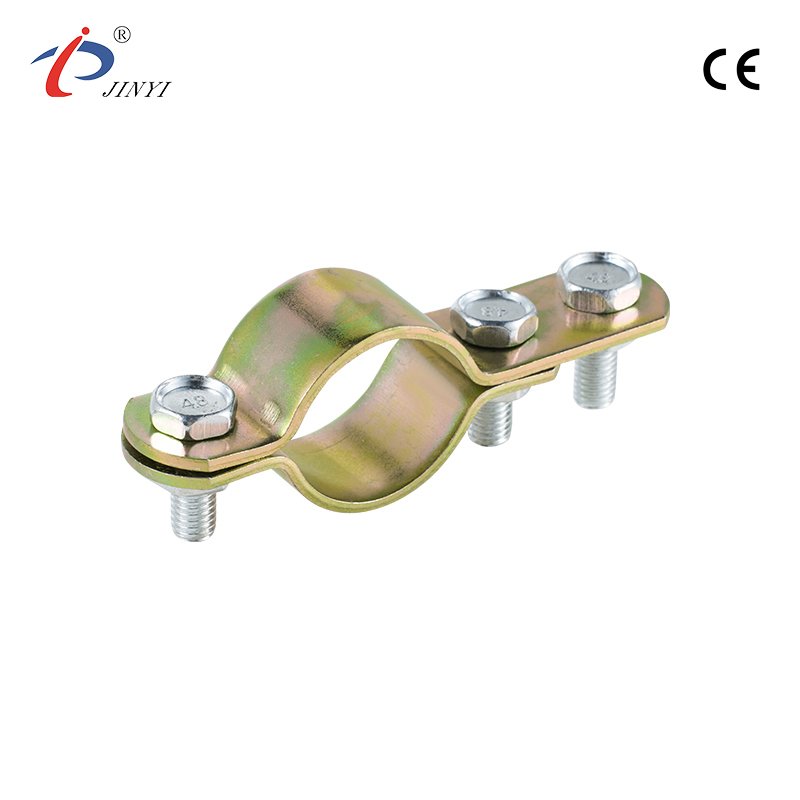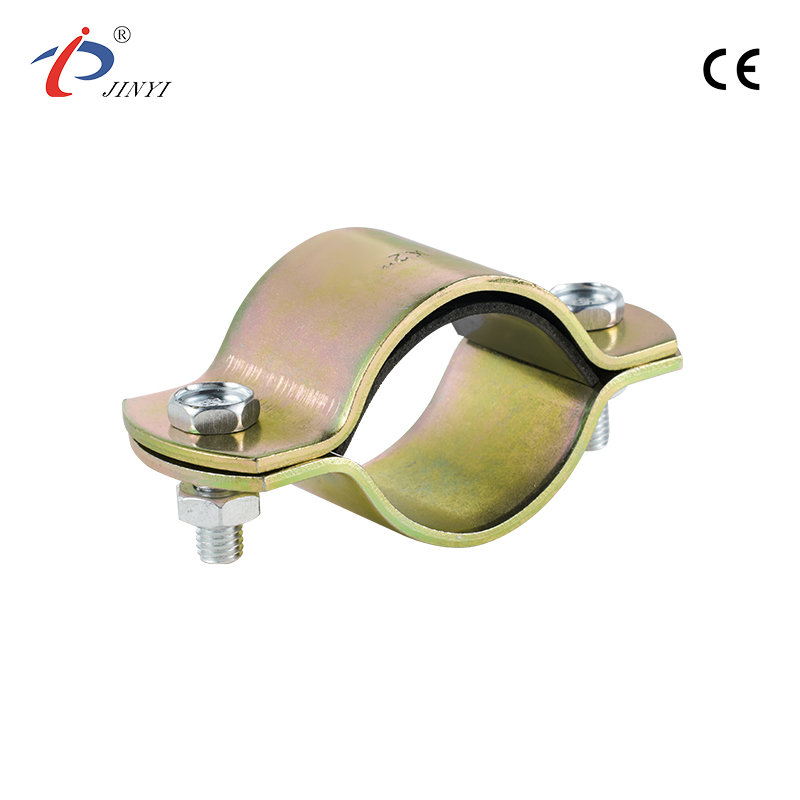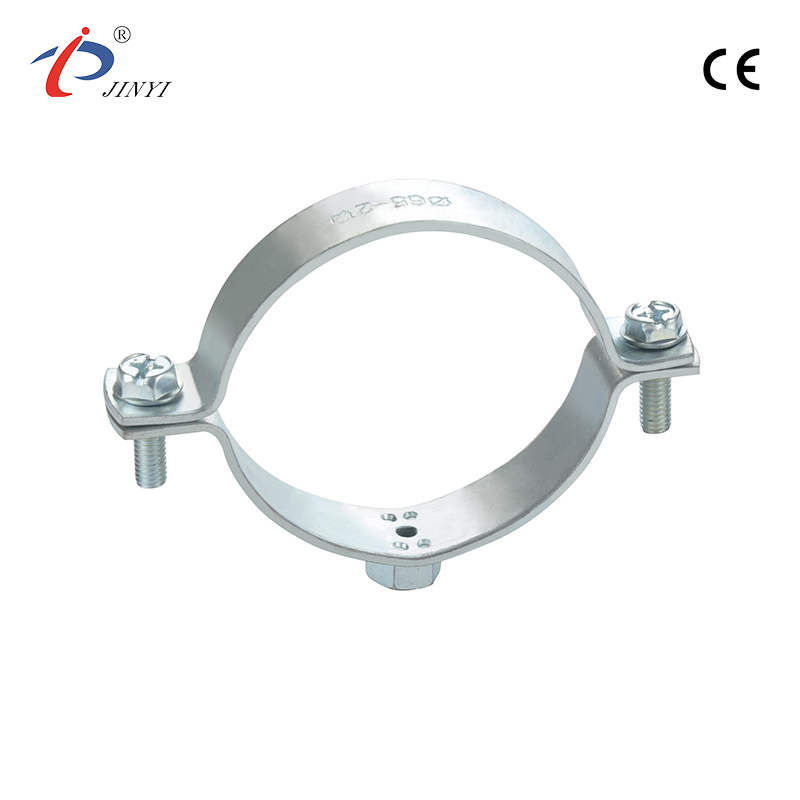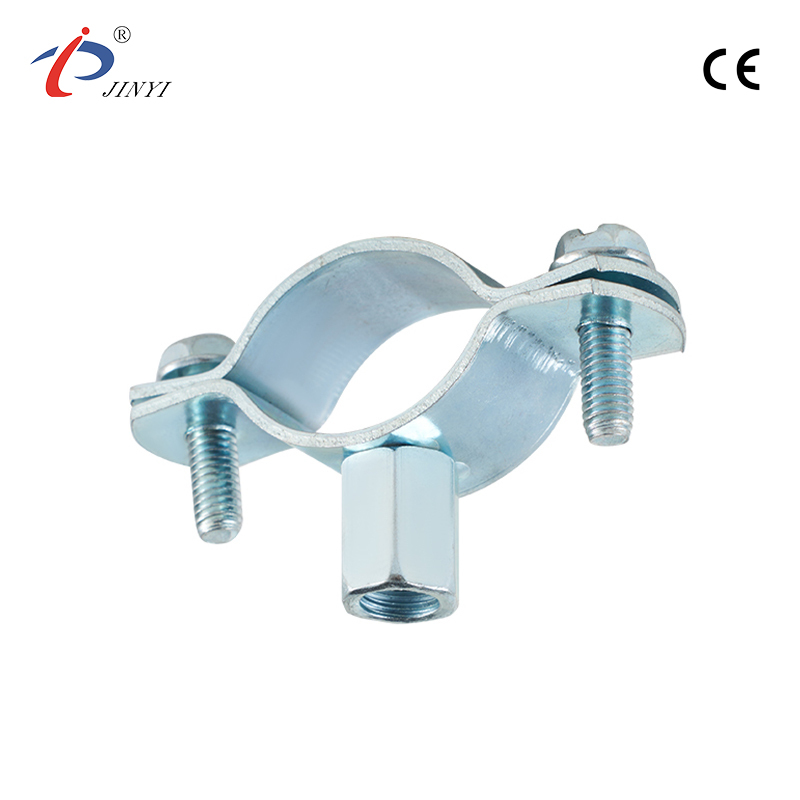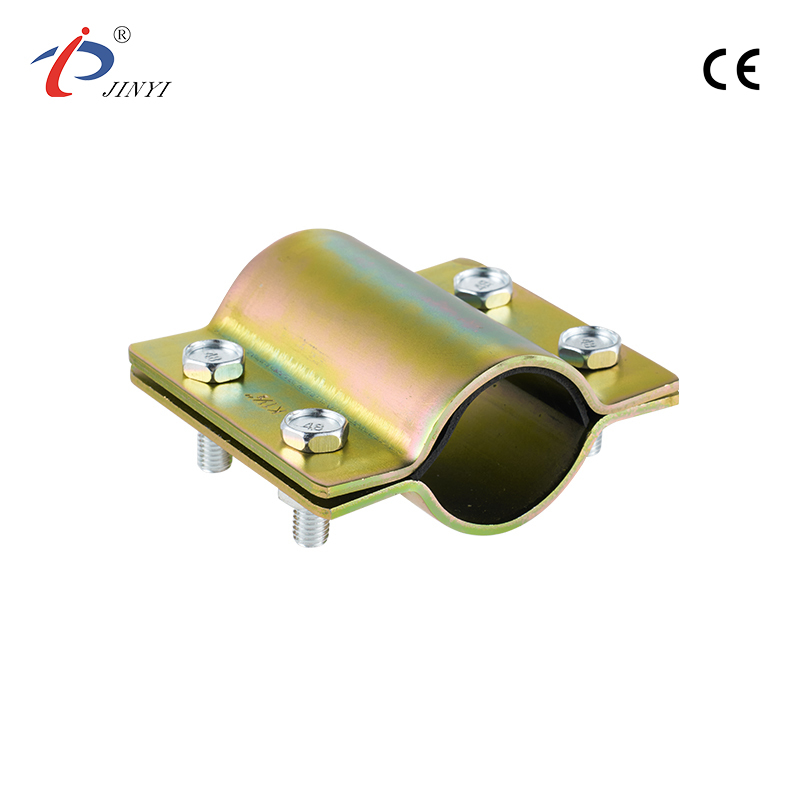Can a Decoupling Tank Redefine Energy Efficiency in Modern Buildings
2025-10-31
Understanding the Role of a Decoupling Tank
A Decoupling Tank plays a vital role in improving the efficiency and balance of modern HVAC and hydronic systems. It separates the primary and secondary circuits, ensuring smoother energy transfer and minimizing mechanical strain. By stabilizing flow and temperature, this technology supports energy-saving operations and enhances comfort in both commercial and residential environments.
Reducing Flow Conflicts Between Circuits
Traditional HVAC systems often struggle with flow imbalances, where pumps and chillers compete for water circulation. This results in unstable temperatures and wasted energy. A decoupling tank acts as a neutral zone, maintaining consistent flow between circuits and preventing unnecessary strain on system components.
Achieving Operational Stability
By allowing independent operation of both loops, the system avoids frequent pressure changes. Stable flow means less pump power is needed, reducing both energy use and operational costs. It also minimizes equipment cycling, extending the service life of key HVAC elements.
Enhancing Energy Efficiency Through Flow Stabilization
The main advantage of decoupling lies in its ability to stabilize water flow and maintain thermal equilibrium. When hydraulic systems are balanced, temperature regulation becomes more accurate, allowing buildings to maintain comfortable indoor environments with less energy waste.
JINYI focuses on developing efficient tank systems that meet the growing demands of energy-aware industries. Through reliable design and quality manufacturing, these tanks provide consistent performance and align with sustainable energy practices.
Optimizing Temperature Control and System Management
Ensuring Thermal Consistency in Large Buildings
In larger facilities, maintaining temperature balance is challenging. The decoupling process allows each loop to adjust independently, ensuring consistent comfort without overburdening the system. This separation also enables better monitoring and control of flow rates and temperature gradients.
Simplifying Maintenance and Testing
A decoupling tank makes it easier to commission, inspect, and fine-tune hydronic systems. By providing a steady flow environment, engineers can perform maintenance or adjustments without interrupting daily operations, resulting in improved reliability and long-term cost control.
Supporting Sustainable Building Performance
Energy-efficient design is a cornerstone of modern construction. Incorporating decoupling tanks helps buildings meet energy conservation targets while supporting environmental sustainability. These tanks reduce energy loss, stabilize performance, and contribute to reduced carbon emissions over time.
As energy management becomes increasingly important, the inclusion of decoupling tanks is a practical step toward long-term sustainability. JINYI continues to innovate in this field, providing building system components that reflect both technical reliability and environmental responsibility.
Building Toward Smarter Energy Solutions
Integrating decoupling tanks into HVAC systems enhances overall performance, improves operational stability, and supports sustainable goals. With growing attention to energy efficiency, these components have become an essential part of modern building infrastructure.



 русский
русский  Español
Español 